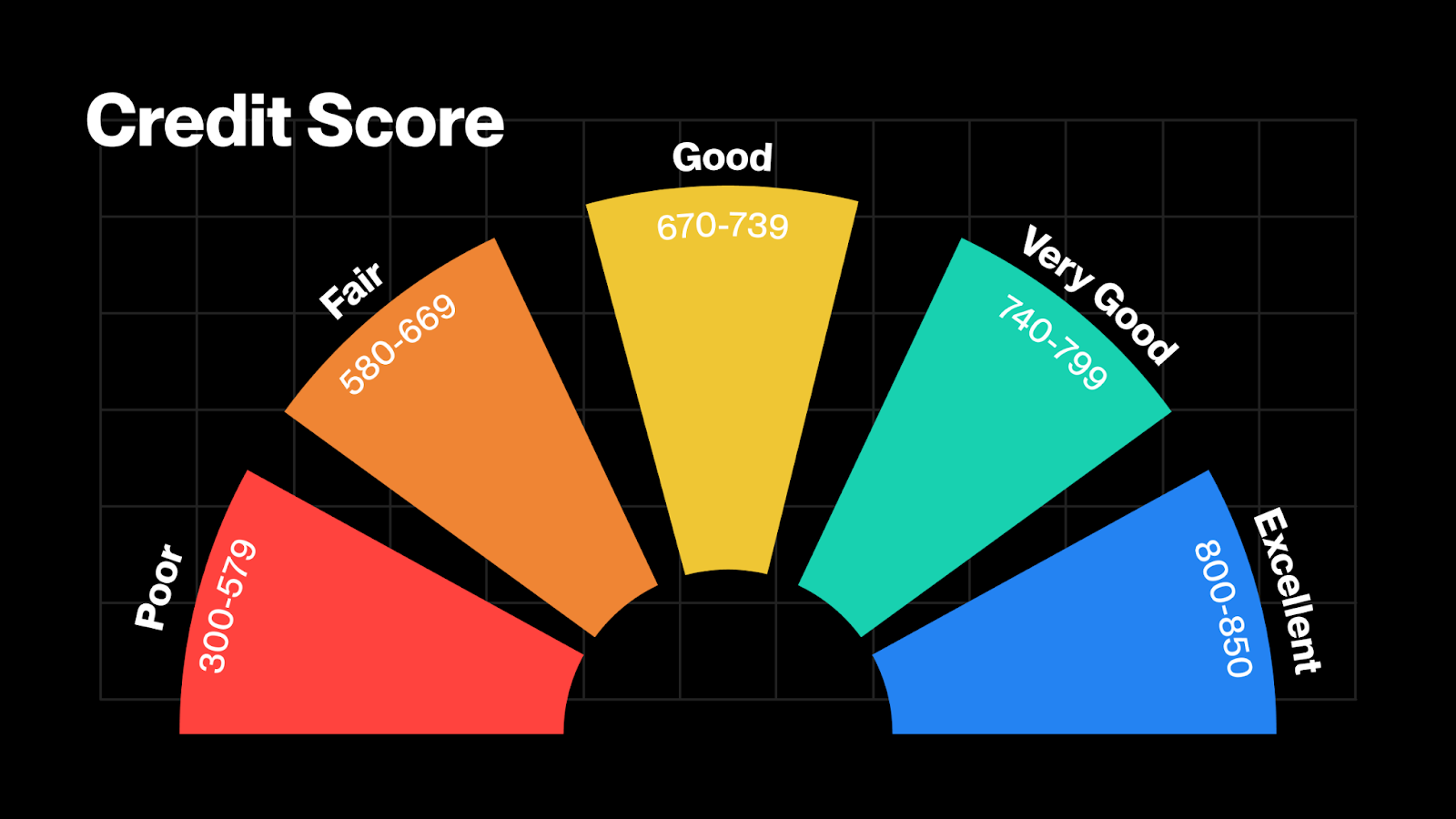
In the rapidly evolving landscape of decentralized finance (DeFi), lending protocols are redefining how individuals and institutions access credit. Historically, DeFi platforms have relied on over-collateralization, requiring borrowers to lock up assets exceeding the value of their loans. While this model protects lenders from default, it limits capital efficiency and excludes many would-be borrowers who lack substantial crypto holdings. The emergence of on-chain risk scores is poised to change this paradigm, unlocking new opportunities for under-collateralized lending by leveraging transparent blockchain data to assess creditworthiness.

On-Chain Risk Scores: The Foundation of Decentralized Credit Assessment
On-chain risk scores represent a breakthrough in blockchain credit assessment. By analyzing a user’s historical blockchain activity, including borrowing patterns, repayment reliability, asset diversity, and protocol interactions, these scores create a data-driven risk profile for each wallet address. This profile enables DeFi lenders to move beyond one-size-fits-all collateral requirements and instead offer tailored loan terms that reflect the actual risk posed by each borrower.
The mechanics are straightforward but powerful. A wallet with a robust history of timely repayments across multiple protocols may be deemed lower risk, qualifying for reduced collateral ratios or more competitive interest rates. Conversely, wallets with erratic activity or prior defaults may face stricter terms. This dynamic approach to DeFi credit scoring can dramatically increase capital efficiency while opening the door to a wider array of users.
Mechanisms That Enable Under-Collateralized Lending
The implementation of on-chain risk scores has given rise to several innovative mechanisms that support under-collateralized lending in DeFi:
- Dynamic Loan-to-Value (LTV) Ratios: Platforms can adjust LTV ratios based on individual risk profiles. Borrowers with higher scores may access higher LTVs, meaning they can borrow more against less collateral, while those with lower scores face more conservative limits.
- Personalized Interest Rates: Just as in traditional finance, interest rates can now reflect the borrower’s unique risk level rather than being fixed across the board. This incentivizes responsible behavior and rewards users for building strong on-chain reputations.
- Credit Delegation: Protocols like Aave have introduced systems where users can delegate their borrowing power to others based on trust and verified on-chain performance, facilitating peer-to-peer lending without excessive collateralization.
This granular approach not only optimizes capital allocation for lenders but also aligns incentives throughout the ecosystem, encouraging transparency, accountability, and long-term engagement from borrowers. For an in-depth look at how these mechanisms function in practice, see our guide on how on-chain risk scores enable under-collateralized lending in DeFi.
Navigating Challenges: Security, Privacy, and Market Dynamics
The promise of under-collateralized DeFi lending is significant, but so are its challenges. One key concern is the threat of Sybil attacks: malicious actors might generate multiple addresses to simulate positive repayment histories and game the system. While some platforms experiment with Know Your Customer (KYC) checks or decentralized identity solutions to mitigate this risk, these measures must be balanced against DeFi’s core principle of pseudonymity.
User privacy is another critical consideration. Aggregating transaction data raises legitimate concerns about confidentiality; protocols must innovate ways to protect sensitive information while maintaining enough transparency for effective risk assessment. Zero-knowledge proofs and advanced cryptographic methods are increasingly being adopted by projects like Credora to address this delicate balance.
The inherent volatility of crypto markets further complicates matters. Rapid price swings can affect both collateral values and borrowers’ ability to repay loans, making it essential for risk models to remain adaptive and responsive. Recent research into real-time credit scoring models such as OCCR underscores the importance of continuous monitoring and dynamic adjustment within these systems.
Pioneering Projects and Real-World Impact
A growing number of projects are pushing the boundaries of what’s possible in decentralized credit evaluation. Initiatives like Cred Protocol are developing open-source frameworks that allow any protocol or dApp to integrate comprehensive wallet-level credit assessments directly into their workflows (learn more here). As these technologies mature, they promise not only greater financial inclusion but also a bridge between traditional finance practices and next-generation digital economies.
These advancements are not happening in a vacuum. The evolution of on-chain risk scores is being closely watched by institutional investors, fintech innovators, and regulators alike. As more robust credit assessment tools become available, the barriers to entry for under-collateralized lending continue to fall. This could unlock vast pools of liquidity, enabling capital to flow more efficiently and responsibly through DeFi markets.
One compelling outcome is the emergence of dynamic risk-based pricing. Lenders can now calibrate rates and collateral requirements in real time, responding not only to borrower profiles but also to broader market conditions. This flexibility mirrors the adaptive strategies used by banks and credit funds in traditional finance, but with far greater transparency and automation thanks to smart contracts.
Looking Ahead: The Future of DeFi Credit Scoring
The long-term impact of decentralized finance risk management hinges on continued innovation around data privacy, sybil resistance, and interoperability between protocols. As zero-knowledge proofs mature and decentralized identity standards gain traction, we can expect on-chain credit scoring to become more secure and widely adopted. Already, some platforms are exploring ways to incorporate off-chain data, such as real-world income or employment verification, while preserving user privacy through cryptographic proofs.
This convergence of on-chain analytics with traditional credit signals may ultimately produce a hybrid model that satisfies both DeFi’s ethos of openness and the rigorous standards required by institutional lenders. For developers and users alike, this means greater choice: access to tailored loan products with transparent risk parameters that reflect their unique financial behaviors.
If you’re interested in a technical deep dive into these emerging frameworks, including wallet-level scoring methodologies and adaptive loan structuring, visit our resource on how on-chain risk scores enable under-collateralized crypto lending.
Frequently Asked Questions About On-Chain Risk Scores in DeFi Lending
The journey toward mainstream adoption will undoubtedly present new challenges as well as opportunities for collaboration between technologists, regulators, and end users. Yet the direction is clear: on-chain risk scoring stands at the forefront of a more inclusive, efficient, and transparent financial future, one where access to capital is determined not by arbitrary barriers but by real data-driven trust.





